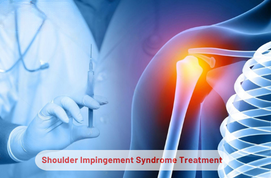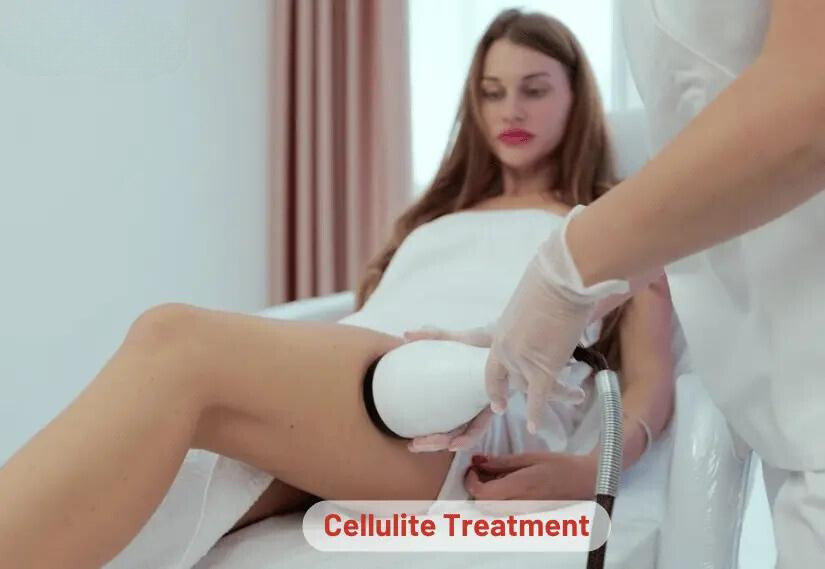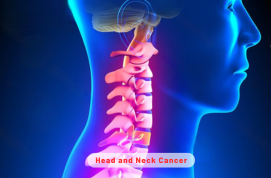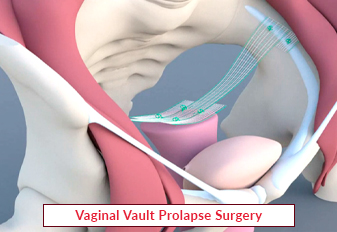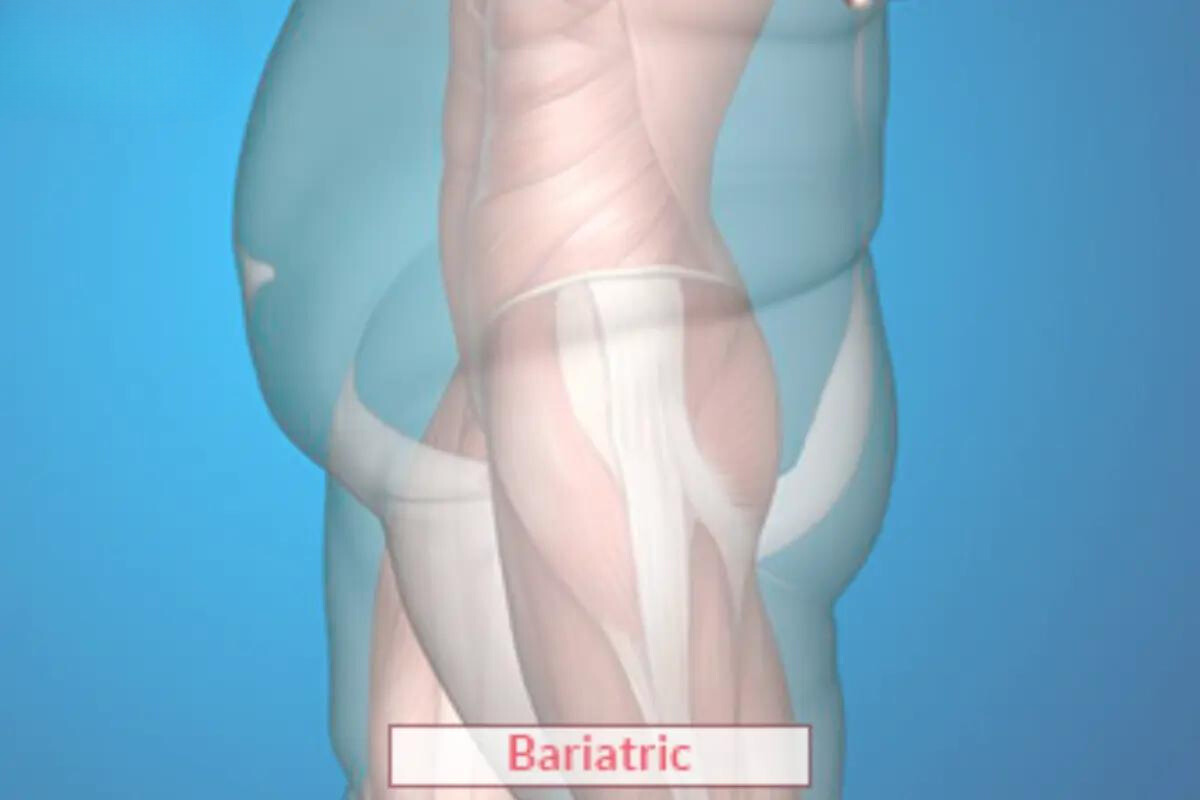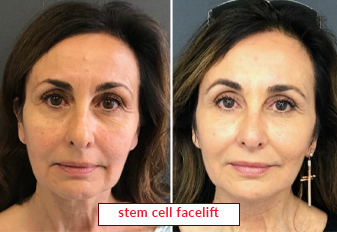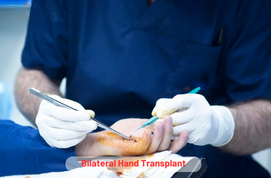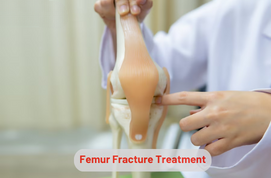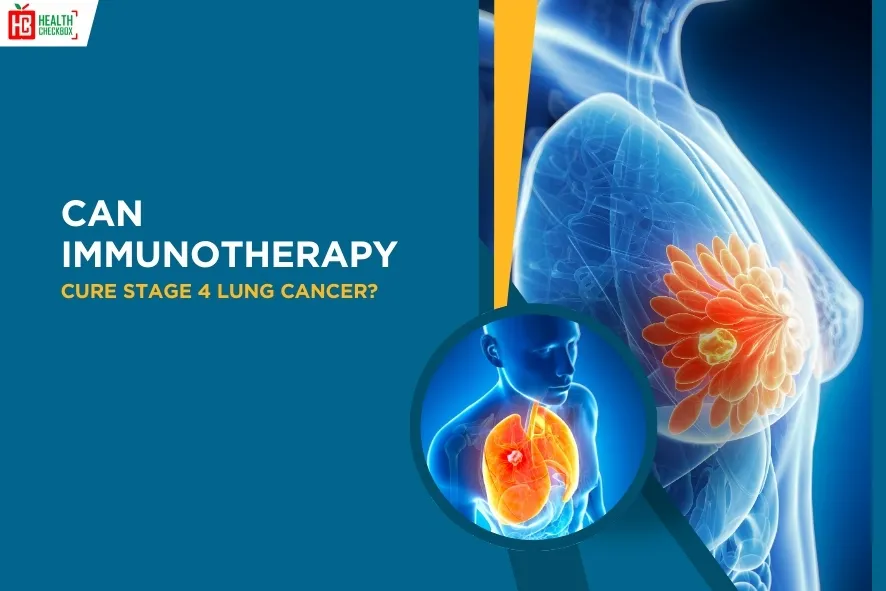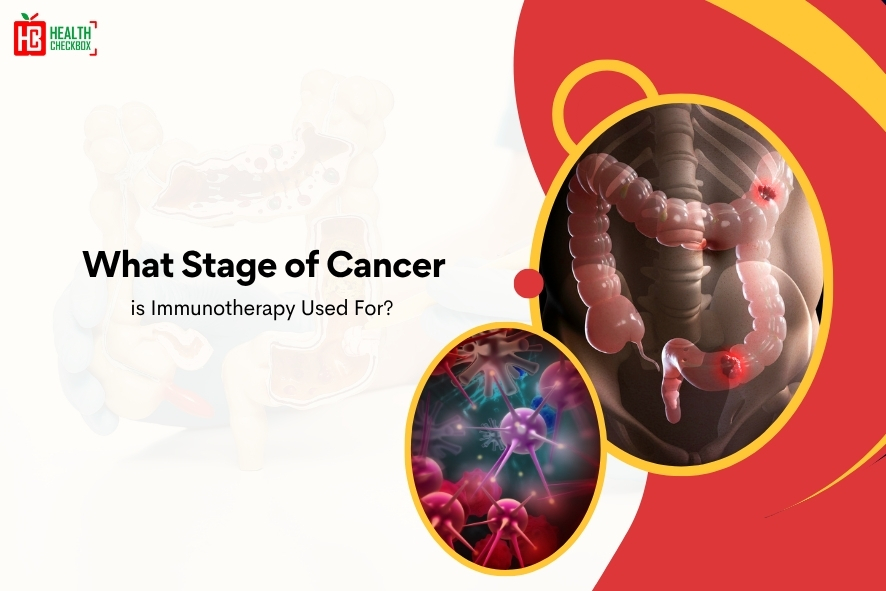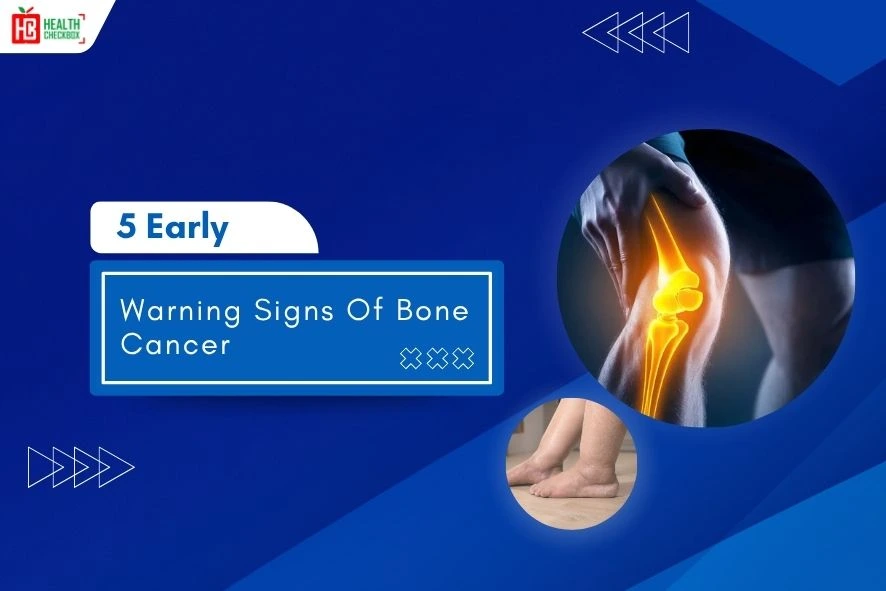Shoulder pain is mostly caused by shoulder impingement syndrome. It happens when the shoulder tendons or bursa have collision on the shoulder bones. One of the risk factors for shoulder impingement syndrome is overhead shoulder activity, particularly repetitive activity. Painting, lifting, swimming, tennis, and other sports involving overhead motion are a few instances. Abnormalities of the bones and joints are additional risk factors.
Constant pain that interferes with daily activities is a symptom of impingement disorder. Reaching up behind the back or up overhead to put on a coat or blouse may cause pain. Rotator cuff tendonitis and bursitis are two conditions that impingement disorder can cause over time. If maintenance is not done properly, the impact could start to worsen and tear.
This includes various therapy to strengthen shoulder muscles, improve posture, and increase range of motion. Nonsteroidal anti-inflammatory drugs are prescribed by healthcare experts to treat pain, discomfort, and inflammation. It is crucial to rest and adjust one’s activity to avoid exacerbating the disease. By reducing inflammation in the shoulder joint right away, corticosteroid injections can provide relief.
If traditional therapy fails to improve pain. Then surgical methods such as arthroscopic subacromial decompression may be advised to expand the shoulder joint and reduce pinching.
Types of Shoulder Impingement Syndrome
There are various varieties of this medical condition. Each of these has its own unique features and causes:
- Subacromial Impingement: This happens when the acromion process and the humeral head compress the soft tissues in the shoulder.
- Internal Impingement: The shoulder joint compresses the rotator cuff tendons. A condition that is frequently observed in specific arm positions.
- Subcoracoid Impingement: This kind of damage happens when structures are compressed by the coracoid process, a bony projection on the shoulder blade.
- Suprascapular Nerve Entrapment: It changes the compression of the suprascapular nerve. Then it can result in shoulder discomfort and weakness.
Shoulder Impingement Symptoms
Its main indication is a sudden pain in the shoulder that occurs when you raise your arm backward or overhead. Here are some additional symptoms:
- Minor arm pain that doesn’t go away.
- Discomfort that radiates down your arm from the front of your shoulder.
- Arm or shoulder weakness
- Stiffness
- Swelling
- Pain that worsens at night.
- Redness
Risks of Shoulder Impingement Syndrome
Below is the list of factors that can increase the danger of shoulder disorder:
- Overuse of the shoulders
- Bone spurs
- Age
- Any previous shoulder injuries
Cost of Shoulder Impingement Syndrome Treatment
From 50,000 INR to 3,00,000 INR, the approximate amount of this medical aid can start in India. The cost of this medical process may vary depending on several factors, including
- The hospital’s location
- The surgeon’s expertise
- The specific nature of the surgery.
Most Common SIS Treatment & Medication
Below are some of the most common treatments:
- Icing
- Rest
- Physical therapy
- Pain relievers
- Corticosteroids
Shoulder Impingement Syndrome Treatment Procedure
1. Diagnosis: A thorough evaluation is conducted by the doctors to confirm the diagnosis, which may involve imaging tests such as:
- A physical examination
- A review of the patient’s symptoms
- MRIs
- Ultrasounds
- X-rays
2. Conservative Management: The first treatment primarily focuses on traditional methods. For example rest, activity modification, and avoiding overhead motions that increase its symptoms. Cold packs and NSAIDs may be suggested to reduce pain and inflammation.
3. Physical Therapy: To increase range of motion, strengthen the rotator cuff muscles, and improve shoulder mechanism. Most of the physiotherapists normally recommend a complete physiotherapy program. A few examples of exercises are
- Stretching
- Strengthening
- Posture correction
4. Corticosteroid Injection: If conservative treatment does not decrease inflammation and discomfort. Then a healthcare provider may administer a corticosteroid injection into the subacromial region.
5. Acromioplasty: In some cases, surgery may be recommended to remove any impinging bone spurs or excess tissue. Surgeons are conducting this procedure to increase the amount of subacromial space.
6. Rotator Cuff Repair: If the rotator cuff is badly damaged. Then the surgery may be required to reconnect the injured connective tissues. The purpose of this treatment is to properly join the tendon to its proper position on the bone.
7. Rehabilitation: After surgery, a carefully thought-out restoration program is essential to optimizing recovery and regaining shoulder function. This activity’s primary goal is to gradually resume regular activities. And also restore the range of motion, strength, and flexibility.
Latest Health Tips
Can Immunotherapy Cure Stage 4 Lung Cancer?
Early Signs of Cervical Cancer
Foods that Kill Cancer: Leafy Vegetables, Grains, & More
What Stage of Cancer is Immunotherapy Used For?
Which is Worse for Cancer, Sugar or Alcohol?
Vaccines That Prevent Cancer
What Kills Cancer Cells in the Body Naturally?
5 Early Warning Signs of Bone Cancer
Submit Your Enquiry
Testimonials








